Everyone is talking about those Millennials… The buzz at many a watercooler is that they expect extra feedback on the job, immediate promotion, and flexibility in the extreme. “Sure,” we sarcastically say, “Roll in 30 minutes late because you feel like it. Don’t they know they have to pay their dues, like the rest of us?” In their Atlantic article, “The New Generation Gap,” Neil Howe and William Strauss write, “The new generation gap … is different. It features a smoldering mutual disdain between Americans now reaching midlife and those born just after them.” Trouble is, they wrote that in 1992, about Gen X and the Baby Boomers.
Not So Different
Researcher Allan S
chweyer recently released the results of an extensive literature review about generations in the workplace for the Incentive Research Foundation (IRF). You can read the executive summary of “Generations in the Workforce & Marketplace: Preferences in Rewards, Recognition & Incentives” here.
It turns out, over at least the last 100 years, every generation has entered the workforce and immediately exasperated older colleagues with their change-the-world sense of entitlement. This was true of the Lost Generation of the 20s, the counterculture of the 60s, and the Gen X slackers of the 90s.
The needs and demands of the new arrivals are out of step with the other generations in the workplace and create a good deal of friction. Millennials are the latest – and because of the sheer size of their cohort, perhaps the noisiest – of countless new generations to grate on the nerves of their older coworkers.
 We are often told that workplaces have to change because Millennials are “digital natives” and live life via their iPhones, but try telling that to the Gen Xer who had a MacPlus in college and spent the 90s at an internet startup. A look at the passengers on any commuter train will tell you that it’s not just the Millennials who are absorbed in their devices. They are not defined by this. It’s just a fact of modern life. We’re all living digitally now.
We are often told that workplaces have to change because Millennials are “digital natives” and live life via their iPhones, but try telling that to the Gen Xer who had a MacPlus in college and spent the 90s at an internet startup. A look at the passengers on any commuter train will tell you that it’s not just the Millennials who are absorbed in their devices. They are not defined by this. It’s just a fact of modern life. We’re all living digitally now.
Prime Motivators in Common
The three main generations in the workforce – Millennials, Gen X, and Baby Boomers – actually want very similar things from their working lives. Schweyer found that all generations are motivated by recognition, career opportunities, flexibility to suit complicated lives, and fair compensation and benefits.
It’s just that the priorities shift with different life stages. As Millennials gain experience, as well as kids and a mortgage, their priorities and behaviors shift to become increasingly like those of their Gen X and Boomer colleagues. As we get older, we add responsibilities, and our needs change. We might need help with elder care or financial planning instead of job training.
Managing the Conflict
So, if we’re not that different, why all the animosity about Millennials in the workplace? The answer is surprisingly simple: We have no patience for stages we’ve already been through.
Researchers Rachel Ruttan, Mary-Hunter McDonnell, and Loran Nordgren considered this issue for their Harvard Business Review article, “It’s Harder to Empathize with People if You’ve Been in Their Shoes.” They write, “In a series of recent experiments, we found that people who endured challenges in the past… were less likely to show compassion for someone facing the same struggle, compared with people with no experience in that particular situation.”
Simply put, we were all new to the workplace at one time or another. We all had hopes and expectations. And we have all been disabused of our illusions about workplace perfection. We just don’t have the patience for reliving that experience with the next batch of newcomers. We expect them to get over it. Pronto.
So what can we do to make it easier for everyone?
Schweyer writes, “Organizations might conclude that generational differences don’t matter but differences in stage of life or lifestyle do. If so, the actions they might take are much the same. Indeed, commercially at least, providers of products and services ranging from cars to financial planning have long catered to customers at various stages in their lives—minivans for young families and retirement plans for aging workers, for example.” It is important that organizations consider the varied needs of the diverse workforce to understand what will motivate and retain the best people.
We can also ask leaders to step away from their own experience in order to understand their younger teams. As the HBR article suggests, “To bridge the empathy gap, leaders may be best served by focusing on how upset the other person seems to be, or to remind themselves that many others struggle with the same challenge.” It’s not about how many miles you walked to school in the snow, after all…
It’s up to older workers to teach new ones. Gen X and Baby Boomers are responsible for transferring knowledge, so that the Millennials (and before long Generation Z) can get up to speed and provide the kind of support and contribution we need to keep business going successfully. Sure, we may get tired of explaining that it’s really not OK to be on the iPhone during a meeting, but then we need to put ours down, too. Developing a culture that promotes training and development will help. Why not include recognition for senior employees who do great work sharing knowledge and skills with teammates new to the workforce?
Organizations can help smooth generation gaps by providing the tools to give frequent feedback to younger workers, as well as flexibility to those with aging parents or children. Employee engagement programs, benefits, and HR policies may need to shift to reflect the changing demographic and technology. And tax laws may need to evolve to allow for milestone rewards for younger workers in the first years of their employment. It’s important to let these employees know that there is a place for them and we hope they stay.
The conflict is not a new one. But how we manage it could be better.



